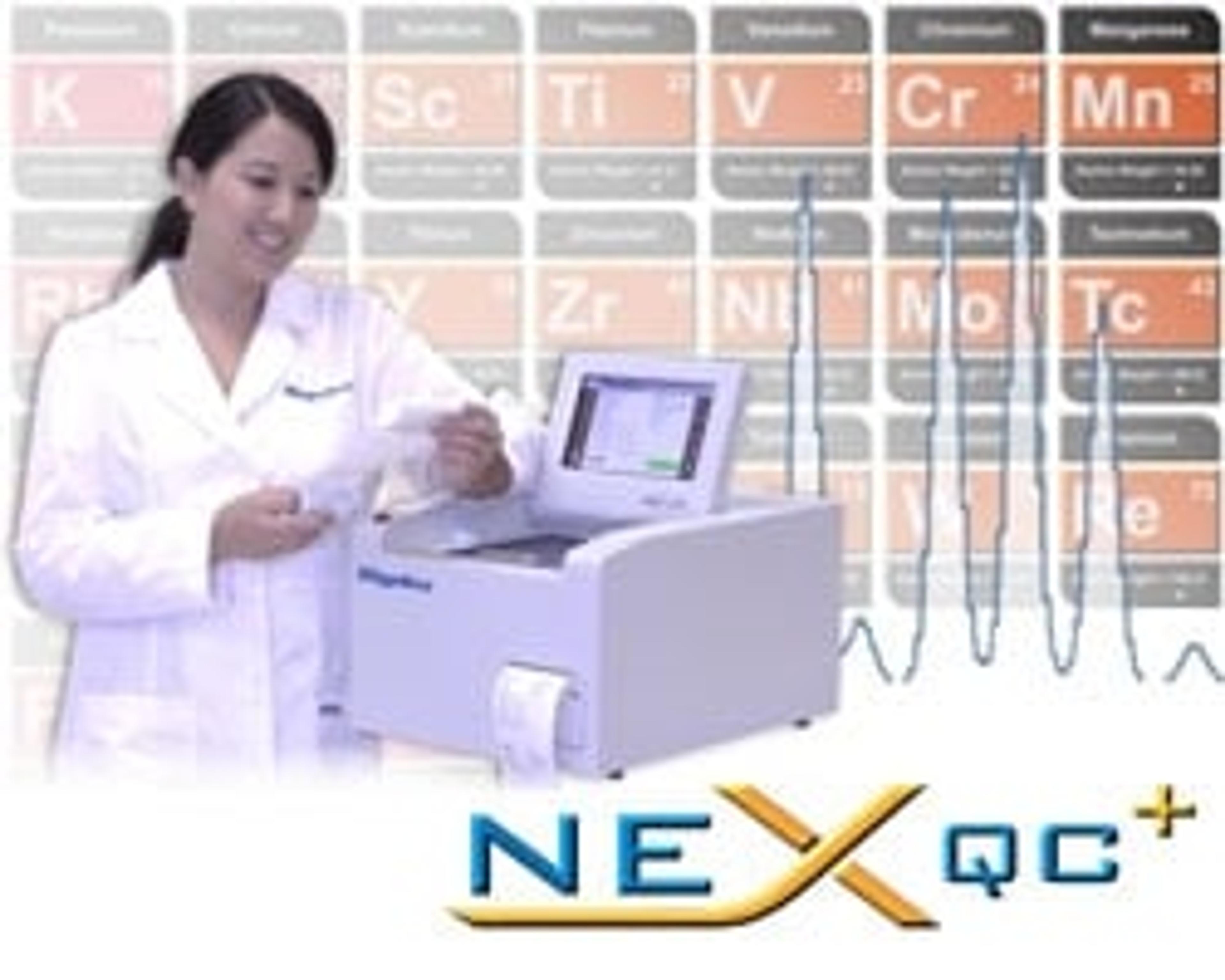New NEX OL On-Line Process Elemental Analyzer is Introduced by Rigaku
9 Apr 2013Applied Rigaku Technologies, Inc., a division of Rigaku Corporation, announced the global introduction of the new Rigaku NEX OL on-line process elemental analyzer at the 64th annual Pittsburgh Conference on Analytical Chemistry and Applied Spectroscopy (Pittcon 2013) held March 17 - 21, 2013 at the Pennsylvania Convention Center, Philadelphia, PA, USA. ART also introduced a new compact benchtop energy dispersive X-ray fluorescence (EDXRF) analyzer, the Rigaku NEX QC+, at PittCon.
Featuring advanced third generation EDXRF technology, the Rigaku NEX OL represents the next evolution of process elemental analysis for liquid stream and fixed position web or coil applications. Designed to span from heavy industrial through to food grade process gauging solutions, the Rigaku NEX OL is configurable for use in both classified and non-classified areas.
To deliver superior analytical performance and reliability, the EDXRF measuring head assembly was derived from the established Rigaku NEX QC series of benchtop instruments. With this proven technology, the Rigaku NEX OL delivers rapid, non-destructive, multi-element analyses – from parts-per-million (ppm) levels to high weight percent (wt%) concentrations – for elements from aluminum (13Al) through uranium (92U). Equipped with a 50 kV X-ray tube and SDD detector – together with a standardized, optimized suite of tube filters – the Rigaku NEX OL is engineered to solve a broad range of process control applications.
For the elemental analysis of liquid streams, an analyzing head is mated to a unique toolless flow cell assembly incorporating the X-ray window, which contains the liquid stream but is transparent to X-rays. It is typically a plastic film. In addition to analyzing liquid streams, the Rigaku NEX OL is designed to service web and coil applications, with the ability to perform multi-element composition and/or coating thickness. Typically a head is mounted in a fixed position over a roller so that the head to surface distance is constant.


